Expertise provided by Tayo Femi-Fowode
Reviewed by Chaster Johnson
How Do I Start Value Investing?
The first step when you start value investing is to ground your thinking. When you start investing, remind yourself that you’re buying a piece of the company. You’re becoming a partner in that company. You’re thinking about buying a “stock” because it’s been offered to you, but in essence you are owning a piece of a company. The stock market is an abstraction of buying companies. This abstraction makes it easier to buy and sell companies, but new investors sometimes forget that there is a company behind the stock price chart.
If your mindset is that you’re becoming a partner in the company, then you want to know a little bit more about this company you’re partnering with. To learn more about the company, you have to read the company’s annual reports and their 10-ks as opposed to just trading based on a chart or a hunch. The stock that we’re buying is connected to a concrete company.
Ask questions about the company.
- Who are the managers?
- What does the company make?
- How many employees do they have?
- Is it a REIT?
- What investments are they making?
There is quantitative analysis to be done when value investing, but most value investing is qualitative. You need to understand the state of the company before you assess the company’s financial numbers.
As you start your journey as a value investor, you’ll notice traders who make quick money in the stock market. You may be a week into studying a company, and your trader friend has already profited multiple times in the market. Remember, value investing takes working on some homework, but ultimately, you will get better returns more consistently when value investing.

What are the Basics of Value Investing?
Understanding the Company
When looking to invest in a company, you need to read up on what the company does and how it makes money. The objective of your research is to predict if this company’s product will still be viable in 5 to 10 years. Are they quick enough to innovate? You’re trying to understand if the company has survivability and growth opportunities.
You need to think critically about the company. Is there a Netflix out there that is about to dominate Blockbuster video? Is there an Amazon that is preying on Bed Bath & Beyond? Companies have competition and it’s important before you conduct an analysis to critically look at the overall environment a company is in.
Anyone can be a value investor. For public companies, the company’s information can be found on its “investor relations” page. The information is free, public, and readily available. Also, U.S. laws have been established that make it illegal to put fraudulent or intentionally misleading information on these statements. This means you’re getting a relatively honest and real look at a company when you read their statements.
When you’re starting out as a value investor, answer these questions about the company:
- Who is their leadership?
- Do they have a long-term game plan that makes sense?
- Why are earnings increasing? Is that sustainable?
- Does the company have a moat?
What is the Book Value?
Book value is a key component of a company’s intrinsic value. The book value is what accountants believe the company’s net assets are worth. For new investors, this can give you a baseline of the value of the company. If the company’s market price is below the book value of the company, either the general market is experiencing a downturn, or the company is going though significant issues with their earnings.
The Company’s Earnings Forecast
The bottom line is: can a company make a profit? An easy way to analyze a company’s earning is with a stock selection guide. The stock selection guide (SSG) graphs historical earnings, revenue and price to give an easy guide to assess the companies health in relation to their earnings. The stock selection guide is a great tool for beginners to learn about their earnings.
Calculating a Company’s Intrinsic Value
The company’s intrinsic value is the true value you as the investor perceive the stock to be valued at. The stock price will adjust back to a stock’s intrinsic value over time. The intrinsic value is like a stock price’s anchor and why value investing is a good idea.
You can calculate the intrinsic value of a company in multiple ways. You can focus on revenue, cash flow, or even dividends. Utility stocks are best valued by discounting their earnings.

Is Value Investing Good for Beginners?
Grounded Expectations
Value investing is the ideal methodology for beginner investors to use. Value investing grounds your profit expectations of a stock by making you calculate what you think the company is worth. This grounding helps a new investor see stock opportunities and cut through market noise.
High Patience, Low Anxiety
Since stocks may take two years to rebound to their intrinsic value, value investing teaches new investors to be patient. Due to longer investment horizons, value investing also reduces the anxiety of investing. Vale investing helps keep a new investor calm when the market crashes by avoiding stocks that are more susceptible to significant losses due to overspeculation.
Weekend Warrior
Most new investors work during the weekdays. This leaves little time for a beginner investor to watch the market. Watching the stock market too much is a common mistake made by new investors. Value investors rarely interact with the market. Value investors can conduct their analysis on week nights or weekends and place a limit order without worrying about the market during the weekday.
Is Value Investing Easy?
Value investing is an easy investing methodology to successfully use. New investors can invest successfully using value investing with just a little bit of studying. However, mastering value investing is much harder and can take a lifetime.
For a new investor, value investing is easy if you follow these simple guidelines:
- Spend at least one hour a week learning about value investing and finding stocks.
- When you buy a stock, do not sell for two years. At the two-year mark, reassess the stock.
- Add money to your brokerage every week. Thanks to fractional shares, you only need $1 to invest.
- Trust in the intrinsic value you calculate for your company. Be patient and buy below this intrinsic value.
- Focus on just a few companies.
- If your intrinsic value was wrong, admit it, and adjust your methodology.
Is Value Investing Right for You?
The reality is that not everyone has the temperament to be a value investor. People that are impatient or highly susceptible to spontaneous action should avoid value investing. Value investors study the market.
The value investor doesn’t view the stock market as a casino, but more as a farm field. The value investor is laying seeds when they buy a stock, and they are harvesting profits when they sell their stocks. When the market crashes, the value investor doesn’t panic. Farmers must deal with late frosts or unfortunate weather that destroys crops. The value investor takes a market crash as an opportunity to lay more seeds – or buy more stocks.
Finally, are you susceptible to panic? When the stock market crashes, people panic. This panic cuts through socioeconomic status. But while the market panics, value investors are stoic. Value investors see stock market crashes as big opportunities to buy companies they like at discount prices.
Why do Stocks Become Undervalued?
A stock will become undervalued for two fundamental reasons:
- The stock is being ignored.
- There isn’t enough money in the stock market to buy the stock.
There are a multitude of reasons why these situations could occur.
The Overall Market Turned to Safer Assets
This is the classic reason why there is not enough money in the market. Stocks become undervalued when investors move into safer assets. These assets may include bonds, gold, or even cryptocurrency and cash. The reason for this is typically market fear. When a market crash occurs, fundamentally, value investors must reenter the market to bring confidence back into the market. Value investors are the first movers to buy undervalued assets in a market crash.
The Market is Moving Money into Particular Sectors
The stock market may have plenty of money; however, market participants may restructure their portfolios to have larger exposures to certain sectors. For example, during the tech bubble, money flowed away from safer stocks like utilities and manufacturing. These stocks became undervalued as money moved away from those sectors and into technology stocks.
A Lack of Interest in a Stock
Some companies are great investment opportunities but may not have stock analysts watching them too closely. These stocks may be buying opportunities, but there isn’t enough capital that is aware of the opportunity. Boot barn (BOOT) is an example of a stock that just didn’t have much analyst coverage, but looked to be an opportunity.
The Bottom Line
Value investing is a strategy that is accessible to all investors. It is the best strategy for new investors. Be sure you have the right temperament for value investing. If you think of the stock market as a farm instead of a, then value investing is right for you.
Part of a Series for Beginner Investors
https://youtu.be/hZTj6_yjiL4


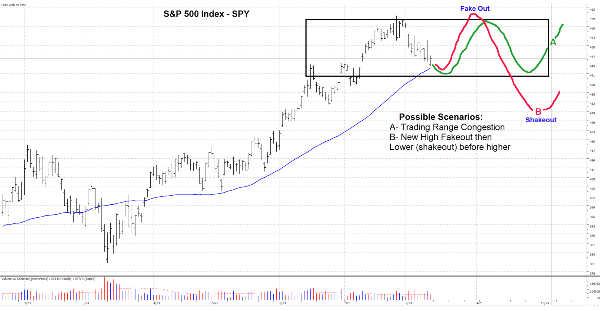




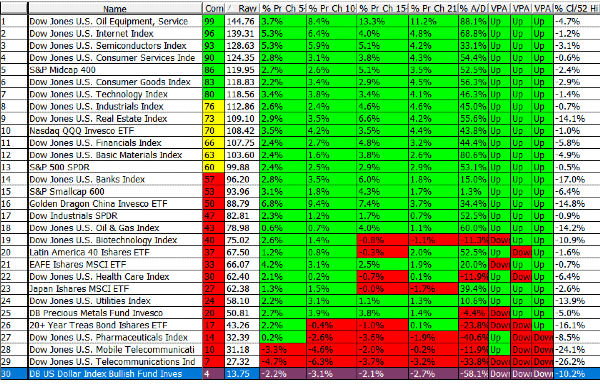
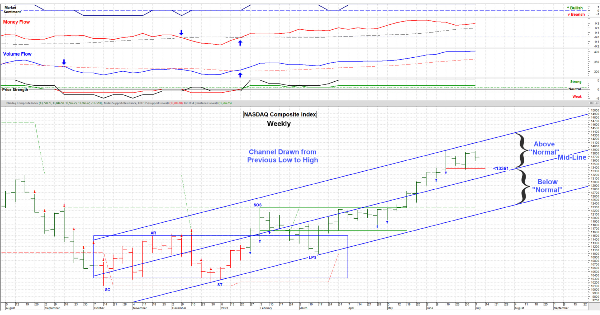
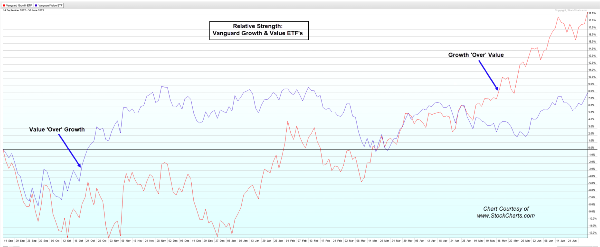
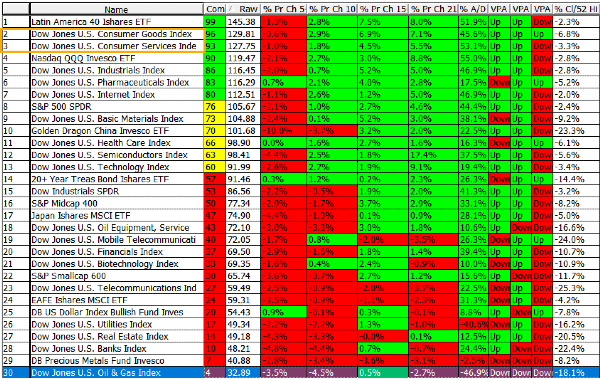
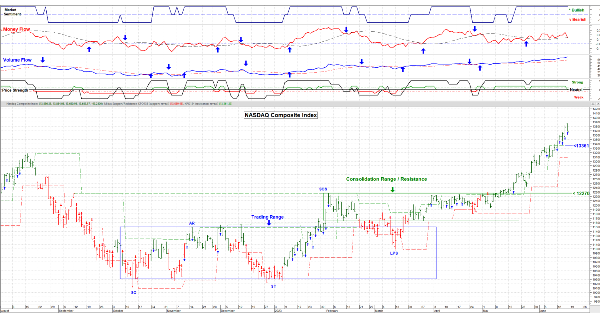

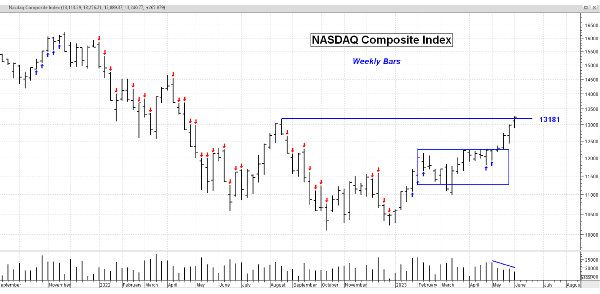
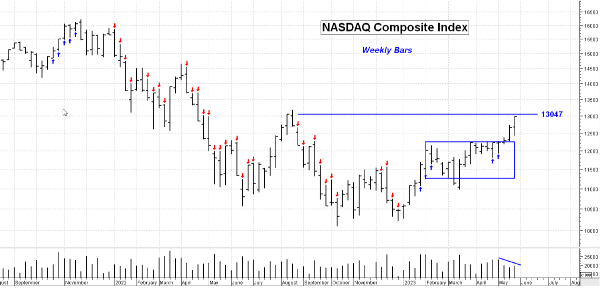
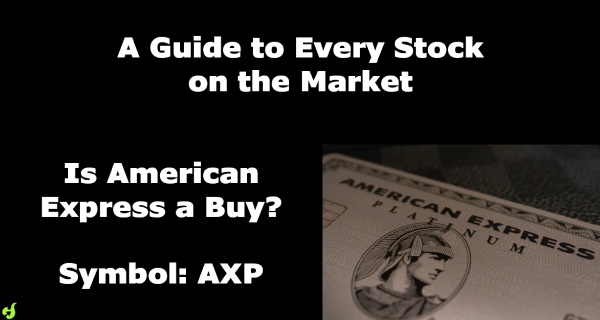
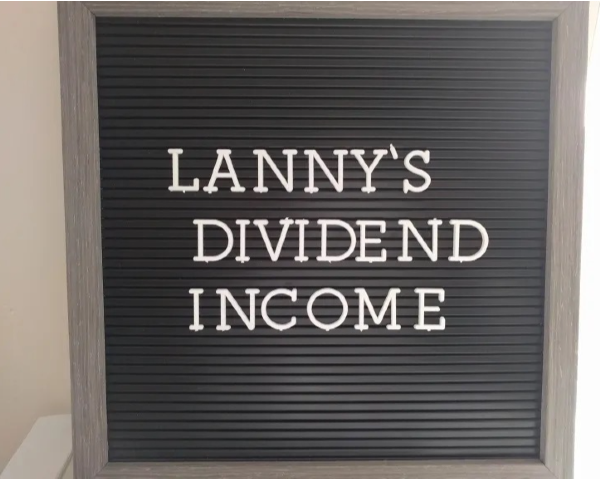

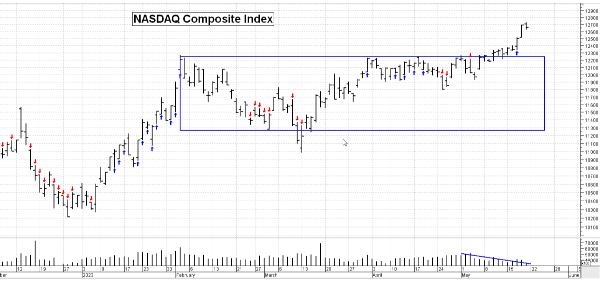
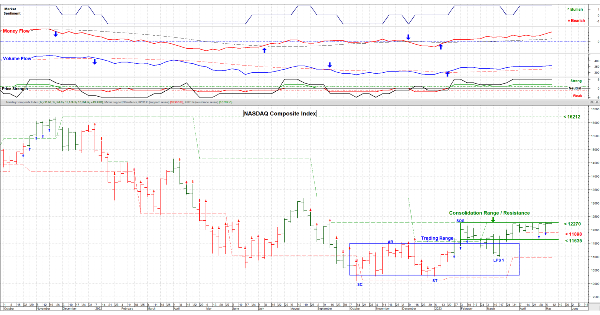
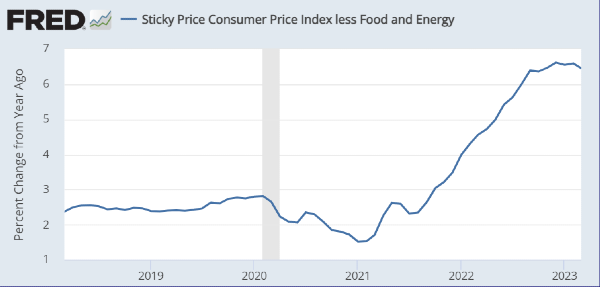
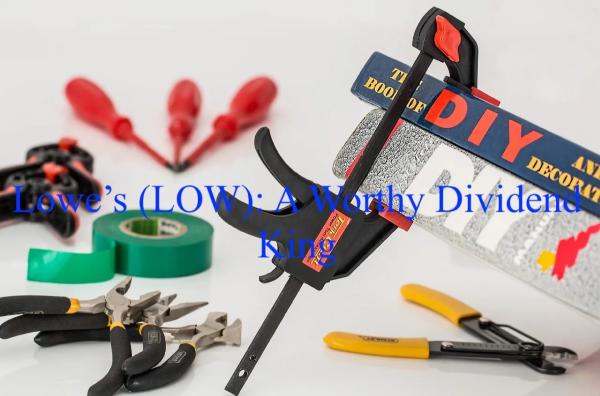








Expertise provided by Tayo Femi-Fowode
Reviewed by Chaster Johnson
How Do I Start Value Investing?
The first step when you start value investing is to ground your thinking. When you start investing, remind yourself that you’re buying a piece of the company. You’re becoming a partner in that company. You’re thinking about buying a “stock” because it’s been offered to you, but in essence you are owning a piece of a company. The stock market is an abstraction of buying companies. This abstraction makes it easier to buy and sell companies, but new investors sometimes forget that there is a company behind the stock price chart.
If your mindset is that you’re becoming a partner in the company, then you want to know a little bit more about this company you’re partnering with. To learn more about the company, you have to read the company’s annual reports and their 10-ks as opposed to just trading based on a chart or a hunch. The stock that we’re buying is connected to a concrete company.
Ask questions about the company.
There is quantitative analysis to be done when value investing, but most value investing is qualitative. You need to understand the state of the company before you assess the company’s financial numbers.
As you start your journey as a value investor, you’ll notice traders who make quick money in the stock market. You may be a week into studying a company, and your trader friend has already profited multiple times in the market. Remember, value investing takes working on some homework, but ultimately, you will get better returns more consistently when value investing.
What are the Basics of Value Investing?
Understanding the Company
When looking to invest in a company, you need to read up on what the company does and how it makes money. The objective of your research is to predict if this company’s product will still be viable in 5 to 10 years. Are they quick enough to innovate? You’re trying to understand if the company has survivability and growth opportunities.
You need to think critically about the company. Is there a Netflix out there that is about to dominate Blockbuster video? Is there an Amazon that is preying on Bed Bath & Beyond? Companies have competition and it’s important before you conduct an analysis to critically look at the overall environment a company is in.
Anyone can be a value investor. For public companies, the company’s information can be found on its “investor relations” page. The information is free, public, and readily available. Also, U.S. laws have been established that make it illegal to put fraudulent or intentionally misleading information on these statements. This means you’re getting a relatively honest and real look at a company when you read their statements.
When you’re starting out as a value investor, answer these questions about the company:
What is the Book Value?
Book value is a key component of a company’s intrinsic value. The book value is what accountants believe the company’s net assets are worth. For new investors, this can give you a baseline of the value of the company. If the company’s market price is below the book value of the company, either the general market is experiencing a downturn, or the company is going though significant issues with their earnings.
The Company’s Earnings Forecast
The bottom line is: can a company make a profit? An easy way to analyze a company’s earning is with a stock selection guide. The stock selection guide (SSG) graphs historical earnings, revenue and price to give an easy guide to assess the companies health in relation to their earnings. The stock selection guide is a great tool for beginners to learn about their earnings.
Calculating a Company’s Intrinsic Value
The company’s intrinsic value is the true value you as the investor perceive the stock to be valued at. The stock price will adjust back to a stock’s intrinsic value over time. The intrinsic value is like a stock price’s anchor and why value investing is a good idea. You can calculate the intrinsic value of a company in multiple ways. You can focus on revenue, cash flow, or even dividends. Utility stocks are best valued by discounting their earnings.
Is Value Investing Good for Beginners?
Grounded Expectations
Value investing is the ideal methodology for beginner investors to use. Value investing grounds your profit expectations of a stock by making you calculate what you think the company is worth. This grounding helps a new investor see stock opportunities and cut through market noise.
High Patience, Low Anxiety
Since stocks may take two years to rebound to their intrinsic value, value investing teaches new investors to be patient. Due to longer investment horizons, value investing also reduces the anxiety of investing. Vale investing helps keep a new investor calm when the market crashes by avoiding stocks that are more susceptible to significant losses due to overspeculation.
Weekend Warrior
Most new investors work during the weekdays. This leaves little time for a beginner investor to watch the market. Watching the stock market too much is a common mistake made by new investors. Value investors rarely interact with the market. Value investors can conduct their analysis on week nights or weekends and place a limit order without worrying about the market during the weekday.
Is Value Investing Easy?
Value investing is an easy investing methodology to successfully use. New investors can invest successfully using value investing with just a little bit of studying. However, mastering value investing is much harder and can take a lifetime.
For a new investor, value investing is easy if you follow these simple guidelines:
Is Value Investing Right for You?
The reality is that not everyone has the temperament to be a value investor. People that are impatient or highly susceptible to spontaneous action should avoid value investing. Value investors study the market.
The value investor doesn’t view the stock market as a casino, but more as a farm field. The value investor is laying seeds when they buy a stock, and they are harvesting profits when they sell their stocks. When the market crashes, the value investor doesn’t panic. Farmers must deal with late frosts or unfortunate weather that destroys crops. The value investor takes a market crash as an opportunity to lay more seeds – or buy more stocks. Finally, are you susceptible to panic? When the stock market crashes, people panic. This panic cuts through socioeconomic status. But while the market panics, value investors are stoic. Value investors see stock market crashes as big opportunities to buy companies they like at discount prices.
Why do Stocks Become Undervalued?
A stock will become undervalued for two fundamental reasons:
There are a multitude of reasons why these situations could occur.
The Overall Market Turned to Safer Assets
This is the classic reason why there is not enough money in the market. Stocks become undervalued when investors move into safer assets. These assets may include bonds, gold, or even cryptocurrency and cash. The reason for this is typically market fear. When a market crash occurs, fundamentally, value investors must reenter the market to bring confidence back into the market. Value investors are the first movers to buy undervalued assets in a market crash.
The Market is Moving Money into Particular Sectors
The stock market may have plenty of money; however, market participants may restructure their portfolios to have larger exposures to certain sectors. For example, during the tech bubble, money flowed away from safer stocks like utilities and manufacturing. These stocks became undervalued as money moved away from those sectors and into technology stocks.
A Lack of Interest in a Stock
Some companies are great investment opportunities but may not have stock analysts watching them too closely. These stocks may be buying opportunities, but there isn’t enough capital that is aware of the opportunity. Boot barn (BOOT) is an example of a stock that just didn’t have much analyst coverage, but looked to be an opportunity.
The Bottom Line
Value investing is a strategy that is accessible to all investors. It is the best strategy for new investors. Be sure you have the right temperament for value investing. If you think of the stock market as a farm instead of a, then value investing is right for you.
Part of a Series for Beginner Investors
https://youtu.be/hZTj6_yjiL4